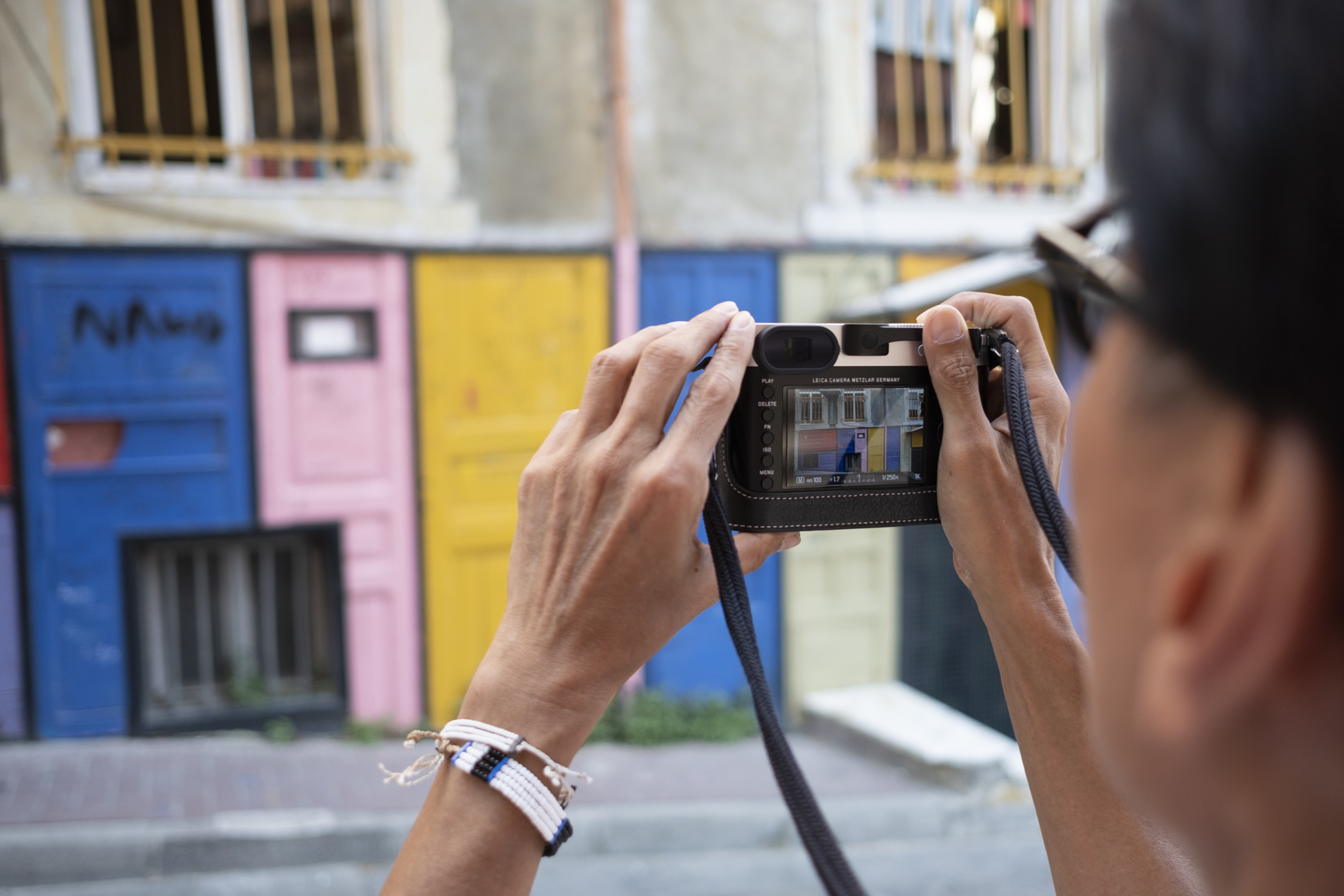Welcome to my Blog
You’ll find articles about my work as a family life photographer,
tips & advice to help you with photography
& about my own learning path .
Don’t hesitate to get in touch with me if you have questions or if you’d like me to write about a special subject.
Archive
- October 2020 1
- September 2020 1
- July 2019 2
- June 2019 1
- February 2019 1
- January 2019 1
- November 2018 2
- October 2018 2
- August 2018 1
- July 2018 1
- June 2018 1
- April 2018 1
- March 2018 1
- November 2017 1
- October 2017 1
- September 2017 1
- August 2017 1
- May 2017 1
- April 2017 4
- January 2017 1
- November 2016 1
- October 2016 2
- August 2016 2
- July 2016 2
- May 2016 2
- April 2016 1













